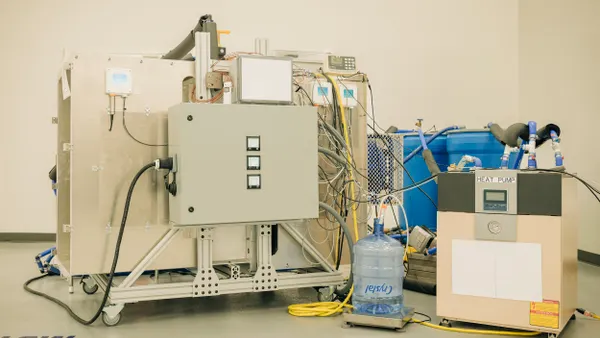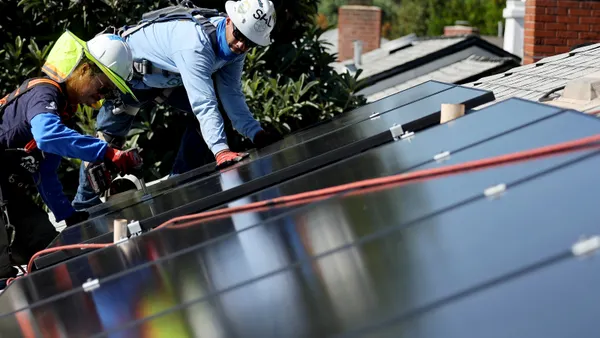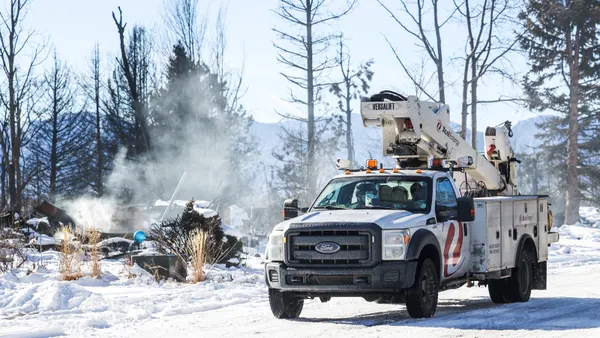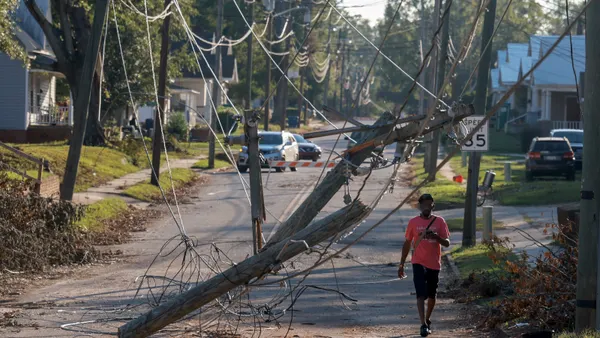Dive Brief:
- A new Texas virtual power plant will use residential solar and battery installations to shape load and provide other grid services while reducing participants’ retail electricity prices by up to 40%, sonnen USA and SOLRITE Energy said Thursday.
- The companies’ “virtual power plant power purchase agreement,” or VPA, provides homeowners with solar panels and two 20-kWh sonnen batteries at no upfront cost. It enrolled over 40 MW of capacity between September and early January, the companies said.
- The intent is for the program’s solar arrays to support participants’ own loads while the batteries enable price arbitrage and provide grid support during periods of high demand, sonnen USA CEO Blake Richetta told Utility Dive.
Dive Insight:
The VPA is “the industry’s first financial offering that leverages innovative battery grid services, in order to provide a superior and affordable solar-plus-storage solution for end customers and solar contractors,” SOLRITE says.
Program participants pay $0.12/kWh for “for up to 80% of all the power used in the home,” according to SOLRITE’s website. That represents a discount of up to 40% on the $0.19/kWh to $0.20/kWh “rate commonly seen in the state,” sonnen and SOLRITE said.
Unlike “solar buyback” VPPs that inject solar energy into the grid on sunny days, the sonnen-SOLRITE VPA “strategically controls when and how energy is shared with the grid,” generating substantial revenue to pass on to participants, the companies said.
That means the batteries charge when wholesale power prices fall on the Electric Reliability Council of Texas grid, typically in the overnight hours or during periods of excess wind production, and discharge at daily peaks and during periods of weather-related grid stress, Richetta said.
At scale, the model can improve the economics of wind and solar power generation and support higher renewable penetration on regional grids, Richetta said. In the northern tier of sonnen’s home country of Germany, the company has “a big cluster of batteries with no solar that do nothing but [time-shift] wind produced offshore in the North Sea,” he said. “This is essential to allow us to achieve a full energy transition.”
The use cases for utility-scale battery installations are distinct from — and complement — those for distribution-connected “battery swarms,” Richetta said. By reducing nodal congestion on the distribution grid and responding to price signals, behind-the-meter battery aggregations act as non-wires alternatives that enable more utility-scale generation upstream, he said.
The goal is to “anchor renewable energy by way of a genuine VPP that performs genuine grid services, not a marketing ploy,” Richetta said.
The approach could alleviate historic tension between utilities and the solar energy industry by establishing “a collaborative partnership between renewable energy and retail electric providers,” SOLRITE Energy CEO Regan George said in a statement.
But it’s more effective in liberalized power markets, like Germany, Belgium, Italy and Texas – “the closest thing we have to Europe in North America,” Richetta said.
It also works in vertically integrated utility territories where utilities have the will to make it happen, he added. Sonnen batteries and energy management software support Rocky Mountain Power’s Wattsmart VPP in Utah, which the U.S. Department of Energy earlier this month characterized as “among the most advanced VPP[s] in the U.S. due to its degree of integration into the utility’s overall system operations and the wide array of use cases (grid services) of the battery aggregation.”
Sonnen batteries also supported Arizona Public Service’s “super soak” program, an early effort to flatten the midday “duck curve” caused by excess solar generation.
Among independent system operators, the California ISO and ISO-New England are “the next ones to watch” for policy changes to enable programs like the sonnen-SOLRITE VPA, Richetta said.
In other ISOs, the near-term outlook is cloudier “until they recognize that [FERC Order 2222] has some level of authority and you have to let behind-the-meter assets do something,” he said.












